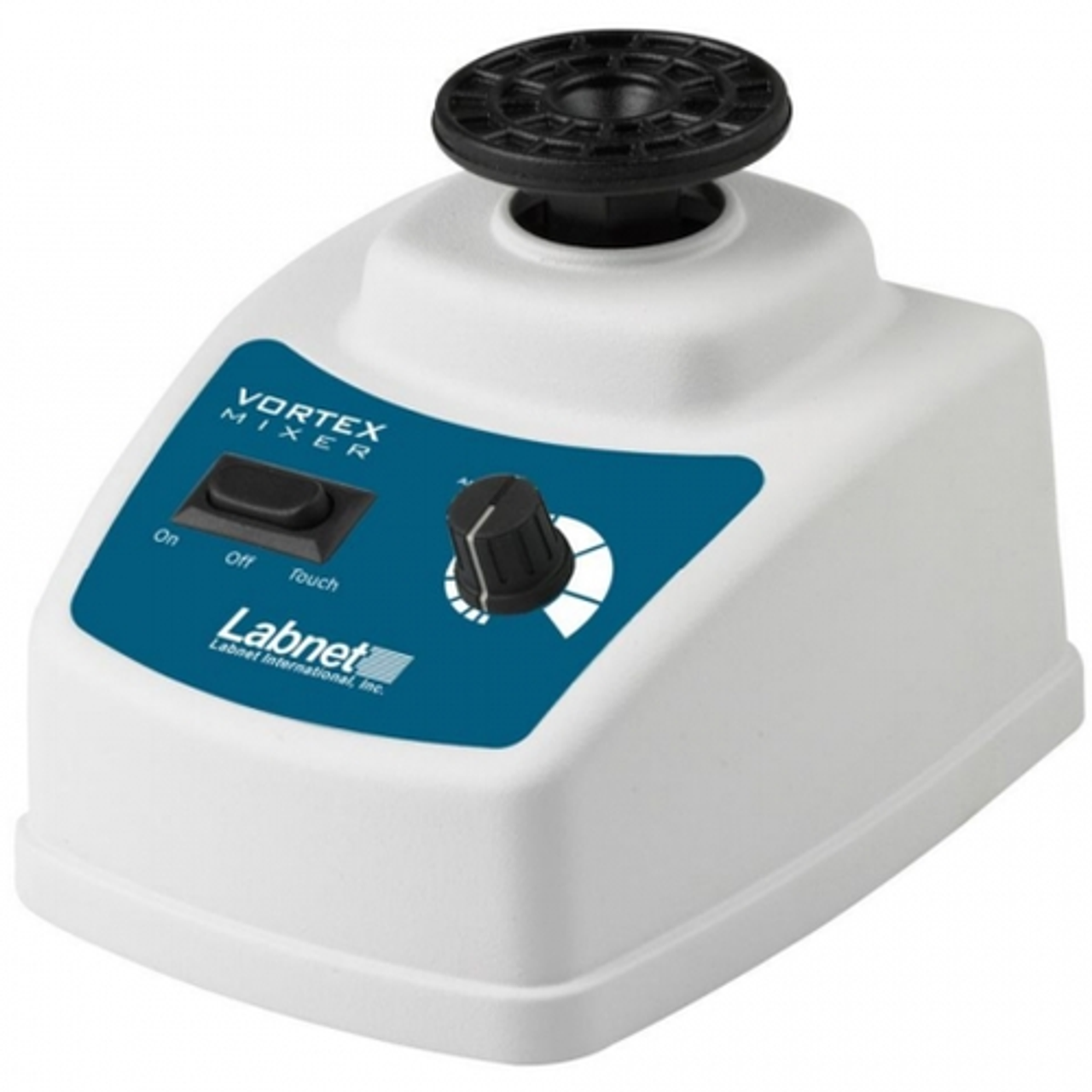When searching for laboratory equipment, almost nothing tops the simple vortex mixer when it comes to value.
Much of the activities that take place in a life science laboratory involve some form of mixing, blending, or breaking down substances so they can be analyzed.
Before vortex mixers this work had to be done by hand: Either repeatedly inverting a vessel, using a tool to stir a solution or some other means of vigorous agitation.
A tightly orbiting motor produces a powerful whirlpool inside the mixing vessel to break down solids quickly and efficiently and blend them into the media or solution.
This energy is directed to the vortex mixer head – usually a concave cup or small flat platform which supports the vessel to be mixed.
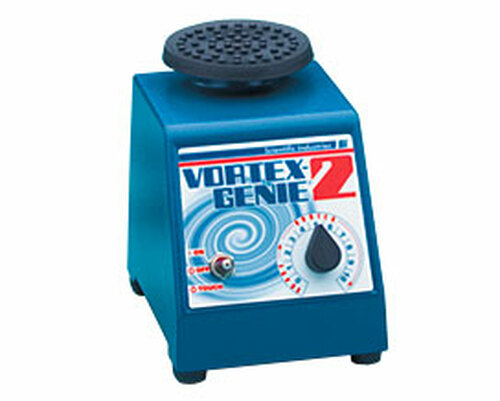
Some vortex mixers have a single mixing head option while other vortex mixers can be fitted with an assortment of heads to mix a range of different types of vessels.
A vortex mixer may be used to mix solutions in micro centrifuge tubes, 15ml or 50ml tubes and even PCR plates.
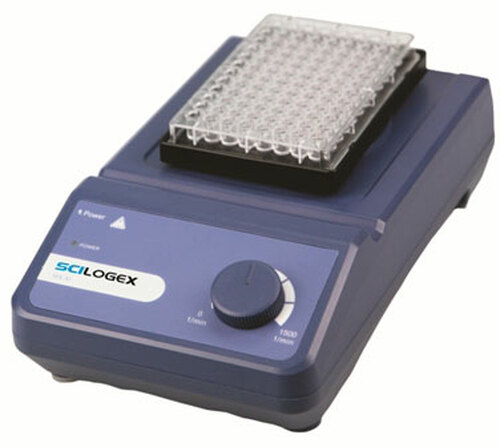
Vortex power is measured in terms of rpms with 1500rpm being on the low end and 4500rpm approaching forces commonly found in a homogenizer or cell disruptor.
Mixing speed can be set with either an analog dial or digitally controlled for greater precision depending on how the vortex mixer is designed.
Many vortex mixers are kept in sleep mode and activated by gently depressing the mixing vessel on the cup or head.
For many applications, a basic single speed vortex mixer is sufficient. Plug it in and press down on the cup to begin mixing. It’s that easy!
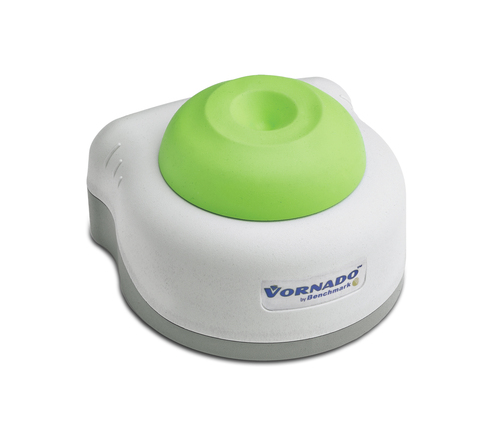
For more complex work or when mixing larger volumes there are vortex mixers with many accessories and variable speed control to satisfy the specific protocol.
For example: A lab conducting QuEChERS testing for pesticides will save time and money using this large vortex mixer with foam inserts for both vertical and horizontal mixing.
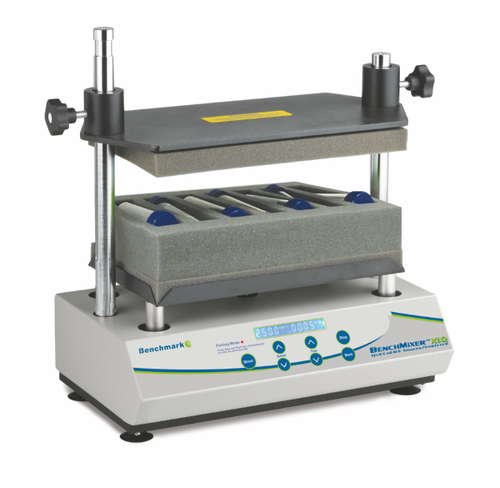
When temperature plays a role in sample preparation, there are mixers which combine heating and cooling elements.
A thermomixer can be programmed to stay at a single temperature during the mixing or cycle the temperature up and down over the duration of the sample prep.
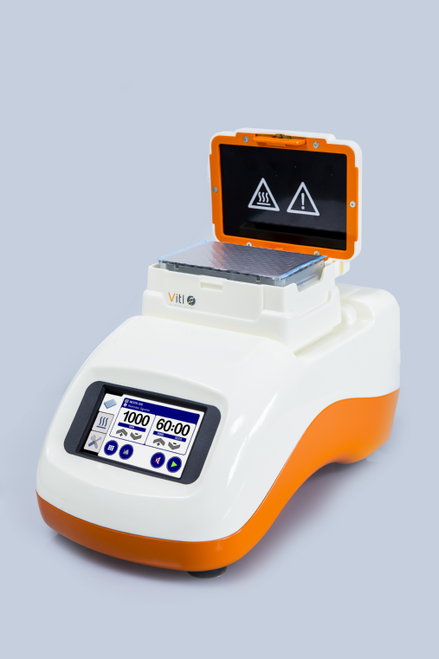
One final consideration when choosing a laboratory vortex mixer is the location where the mixer will be operated.
When mixing samples inside a BSC hood, a low profile mixer like the VX-200 by Labnet makes it easy to comfortably mix tubes as large as 50mL.
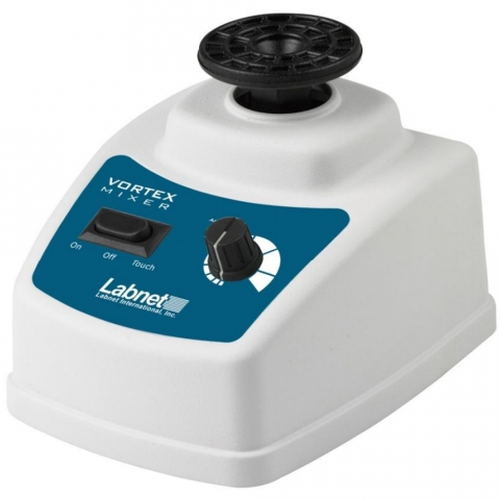
Stellar Scientific offers a variety of mixing tools ranging from simple to complex and at a reasonable price for every budget.


